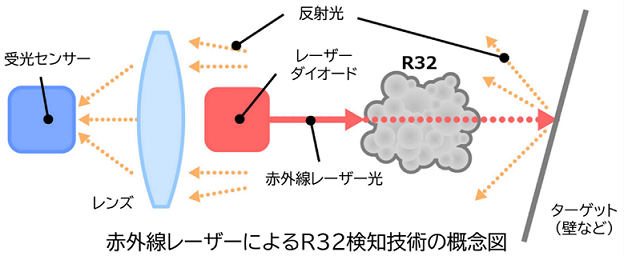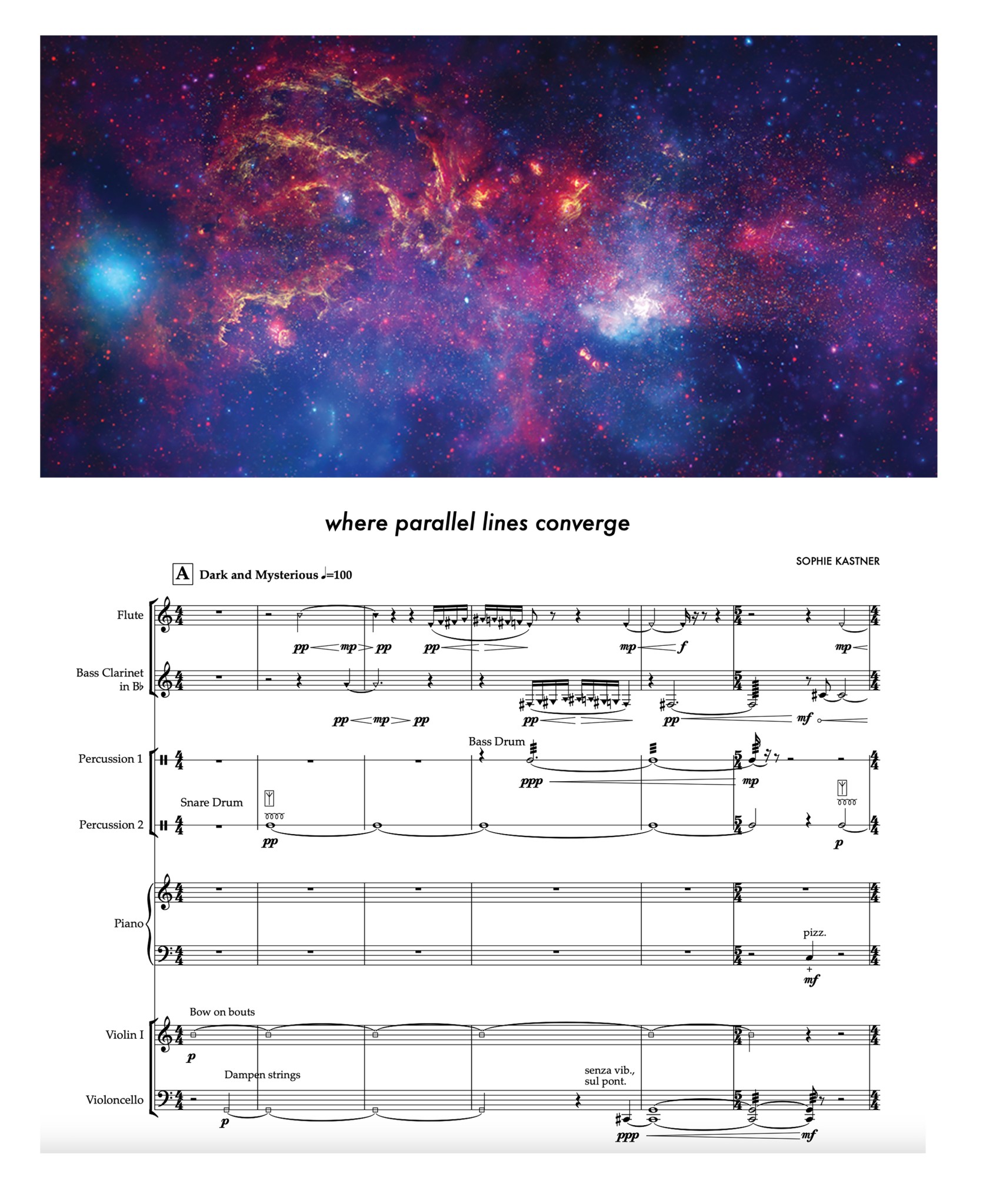2023-11-14 カリフォルニア大学サンタバーバラ校(UCSB)

hoto Credit:Adrian Tasistro-Hart
Cambrian Sawatch sandstone from the Sauk Transgression caps 1 billion-year-old Pikes Peak granite (pink) marking the Great Unconformity in a roadcut in Manitou Springs, Colorado.
◆しかし、最初の洪水イベントであるサウク・トランスグレッションにはこの説明が合わないことに気づき、他の大陸での沈み込みが原因である可能性を提唱しました。この研究は地球の大規模な力学的変化と複雑な生命の進化につながる可能性があります。
<関連情報>
- https://news.ucsb.edu/2023/021263/geologists-link-continental-flooding-subduction-consequences-geologic-gaps-and-rise
- https://www.pnas.org/doi/abs/10.1073/pnas.2309084120
北アメリカの古生代の洪水と大不整合体 Phanerozoic flooding of North America and the Great Unconformity
Adrian R. Tasistro-Hart and Francis A. Macdonald
Proceedings of the National Academy of Sciences Published:September 5, 2023
DOI:https://doi.org/10.1073/pnas.2309084120
Significance
Marine sediments across North America record multiple flooding events over the Phanerozoic, starting with the Sauk Transgression that seals the Great Unconformity. Using Macrostrat, a geospatial database of stratigraphy, we demonstrate that these flooding events, except the Sauk, correspond temporally and spatially with subduction under North America, consistent with near-field dynamic subsidence. We suggest that the Sauk resulted from the migration of subduction zones from oceanic to continental arcs around Gondwana, which flattened global hypsometry and displaced ocean water onto North America. Our analysis links the Phanerozoic flooding of North America to local and global tectonics and suggests that sea level is set by the amount of oceanic spreading that is balanced by subduction under continental relative to oceanic lithosphere.
Abstract
The flooding record of North America has been used to infer patterns of global erosion and sea level in deep time. Here, we utilize the geospatial dimension of the stratigraphic record provided by the Macrostrat database, and patterns of erosion from thermochronology, to resolve local tectonic subsidence from global sea level. We show that the flooding history of North America correlates in space and time with continent-facing subduction along active margins, consistent with subduction-driven dynamic topographic subsidence of the continental interior. Nonetheless, the continentally aggregated flooding signal of North America is an exaggerated global M-curve of Phanerozoic sea level. This coincidence relates to the closing of the geodynamic loop of the supercontinent cycle: Subduction under North America accommodated both the makeup and breakup of Pangaea, which, coupled with changing ridge length, flattened hypsometry, and increased sea level both locally and globally. The sole Phanerozoic exception to this pattern of global sea level tracking North American near-field geodynamics is the Cambrian Sauk transgression. We argue that this is a far-field record of the inception of circum-Gondwanan subduction, independent of North America, which significantly flattened Earth’s hypsometry. This hypsometric flattening displaced ocean water globally, flooding tectonically passive North America to seal the Great Unconformity.



